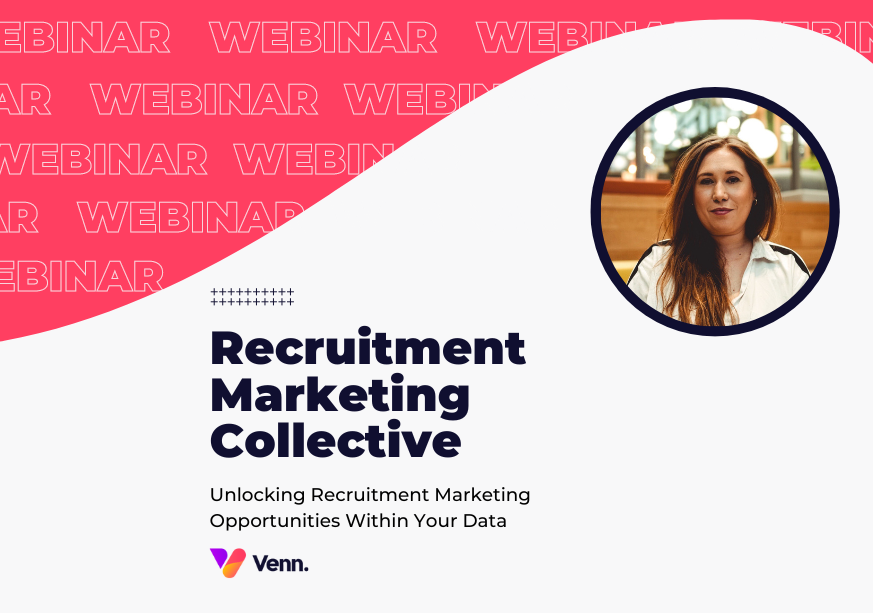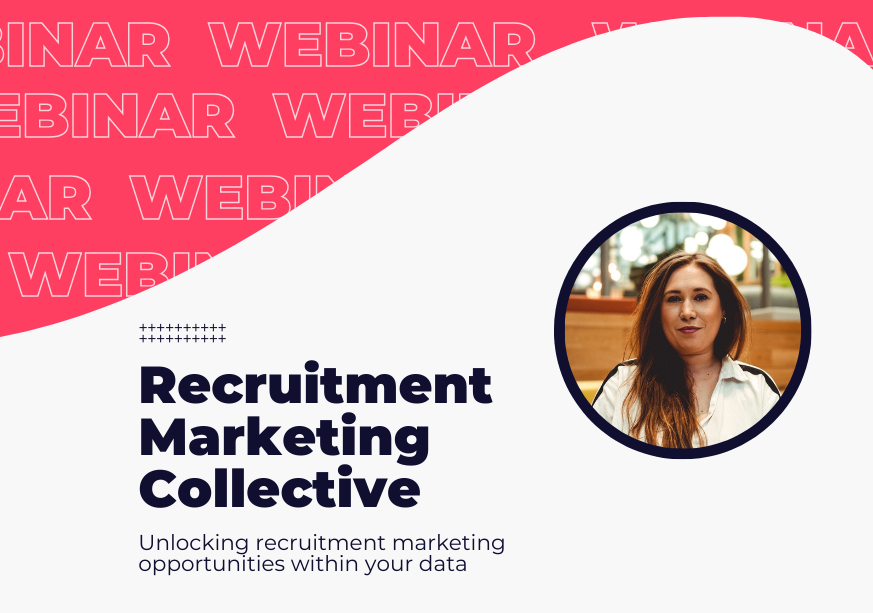Explore our NEW Knowledge Base and Help Desk to find everything you need to attract, engage and convert talent with your Vennture website.
Discover MoreHow Well Do You Know Your Target Audience?
26 Aug, 20152 minutes
As Nathalie Nahai, also known as The Web Psychologist, once said, ‘to succeed online, you need an informed, intimate knowledge of your target market’.
Before embarking on any online project, whether it’s a website build, a display ad or a social campaign, it’s essential you know your target audience. This knowledge should dictate the language you use, the information you share and the channels by which you communicate.
It’s not breaking news that technology has changed how people find services, buy products and digest information, but the tech is only going to get smarter. To truly connect with the people who are using it, marketers need to get smarter too.
More so than ever before, it is vital that marketers know who they are targeting, where they are, what they’re doing, who they’re doing it with and why. Fortunately, technology also increases the number of opportunities you get to familiarise yourself with your audience.
So where do you start?
There are many ways for you to build a picture of your target audience and depending on whether you’re B2B or B2C the methods you use will vary. Useful data can come from a number of sources and will often be most useful when combined.
The first port of call is usually the internal data you already have access to. CRM systems hold a wealth of information that is likely to consist of potential prospects and existing clients. If it’s a sophisticated or well-organised system it will be able to break data down into categories such as age, sex, location, job title etc.
Any decent marketing manager will establish and build out an internal CRM system and use this to inform and measure their ongoing marketing campaigns. If this isn’t something you’re already doing, it’s about time you started.
Google Analytics Audience Data
At Venn, we are specialists in website builds and integrated digital marketing campaigns, so we know about the valuable information that can be found within web analytics. If you want to build up a picture of your audience, start by looking at your Google Analytics or AdWords platforms.
Far from just detailing the number of visitors and how they interact with your site, it can also be used to analyse demographics. Here’s a breakdown of some of the data that Google Analytics collects.

You can use this to make better, more informed marketing decisions. You can see from the above that 47% of users coming through to the Venn site are aged 25-34, with our second strongest segment being the 35-44 year olds. This makes sense, as our target audience is based on marketing managers, who will typically fall within this age bracket.
This information should influence your approach, even on a basic level. For example, we can base our tone of voice around 25-34 year olds, safe in the knowledge that they make up the majority of our audience. By using the additional insight features from Google we also can see what other sites our audience visit. This not only helps us to put together more complete profiles for our visitors, but allows us to engage with them at all-important micro-moments.
Affinity, In-Market Segments and other
That subheading may have you scratching your head, but bear with me! Google also provides information on the lifestyle choices (‘affinity category’) of the users who are coming through to your website.
Your audience isn’t always in ‘ready to buy’ mode so knowing what they like to do at their leisure means you can be creative in your targeting approach and build up content, partnerships or display campaigns that complement the lifestyle choices, rather than the direct sell.

As well as demonstrating lifestyle choices, Google also looks at ‘In-Market Segments’, or purchase interests. Knowing your audience’s purchasing patterns allows you to target them while they are actively reviewing, researching or comparing your products. At this stage in the user journey the intent is high, making it a perfect point for a display targeting campaign across relevant sites or YouTube.

We now know our users’ lifestyle choices and what they like to buy but ‘sports’ in the affinity category doesn’t tell us an awful lot about the specifics. This is where ‘other’ comes in. ‘Other’ breaks down the specifics of the affinity category so we know that if they like sports, it’s particularly ‘football’ they like. Again, this allows us to be super targeted in our approach, eliminating any wasted time or budget by making sure we’re engaging with the right people.
The information gathered from Google Analytics, when layered with other data, can be used to build up a detailed picture of who your clients or customers are. This can then feed through to all of your marketing activities, such as email, Facebook, PR and even offline promotions or sponsorships.
Profiting from locational targeting
Brands are realising the potential of hyper-targeted marketing and are using it alongside the more traditional, blanket approach of TV advertising. While a company’s target demographic and a show’s audience can overlap nicely, location specific online campaigns are a guaranteed way to reach a relevant, interested audience.

Reebok’s recent approach is a prime example of this, as they now have dedicated social campaigns to support their sponsorship of events in specific locations. Using an amalgamation of programmatic ads, paid search and sequential messaging has grown their store footfall and had a positive impact on their overall ecommerce spend.
If you know you have a strong presence or an event in a particular location, targeted online campaigns can help you make the most of it. Chris Froio, Reebok’s vice president for Western Europe, has said that while a big TV campaign may see ‘four to six weeks’ of benefit, spreading out their spend across social and digital in support of their events leads to ‘more consistent, everyday interactions with people.’
I like that last phrase. ‘Consistent everyday interactions with people.’
Reebok know who their target audience are and where they are, both online and offline. It is this kind of integrated strategy that contributes to the sales bottom line, but the only way to do this is by understanding and harnessing a target audience.
Technology and advertising are deeply engrained in our lives, but people have big expectations when it comes to choosing a brand. They invest a lot of time and money when it comes to choosing the right business for their needs, so isn’t it time you invested some time into getting to know them?
Creative Commons Image courtesy of: Unsplash



